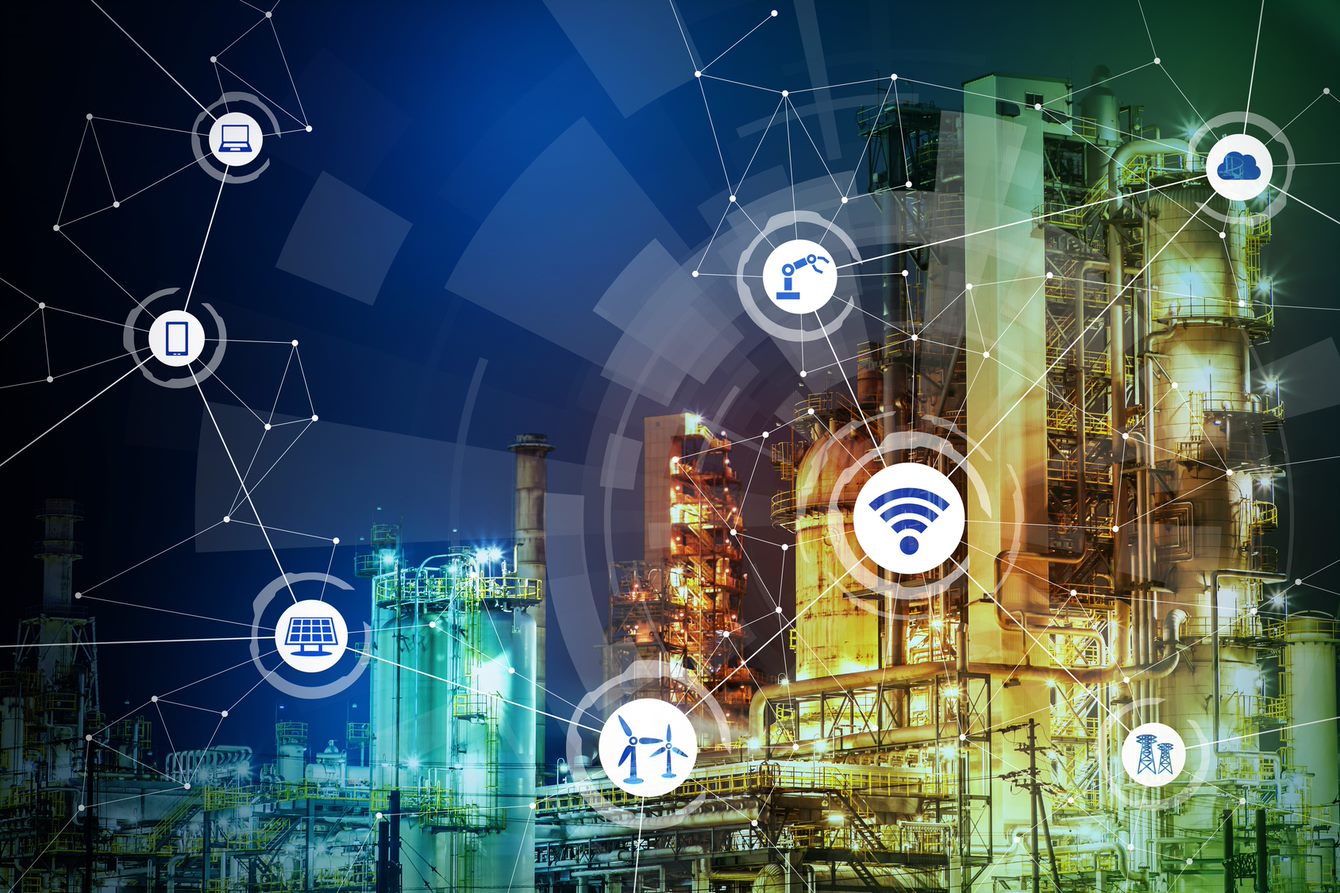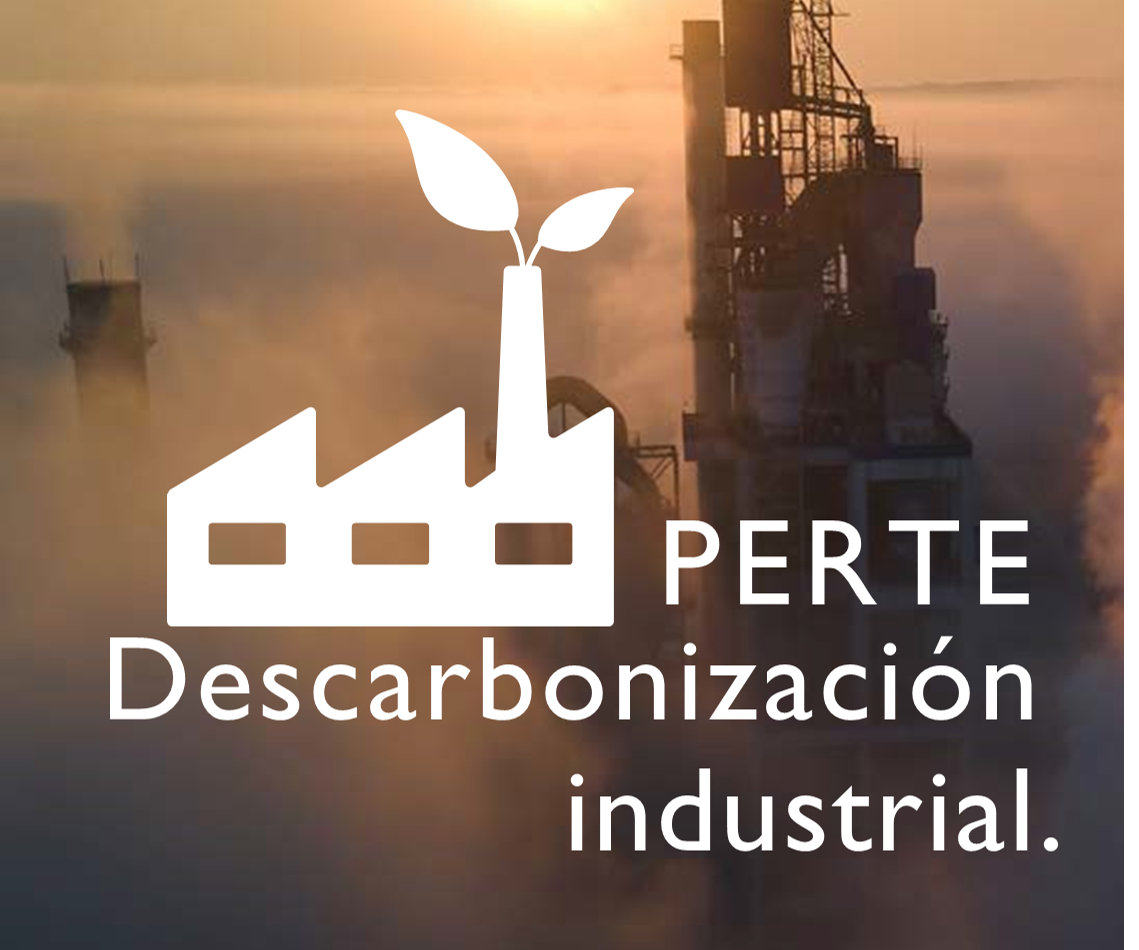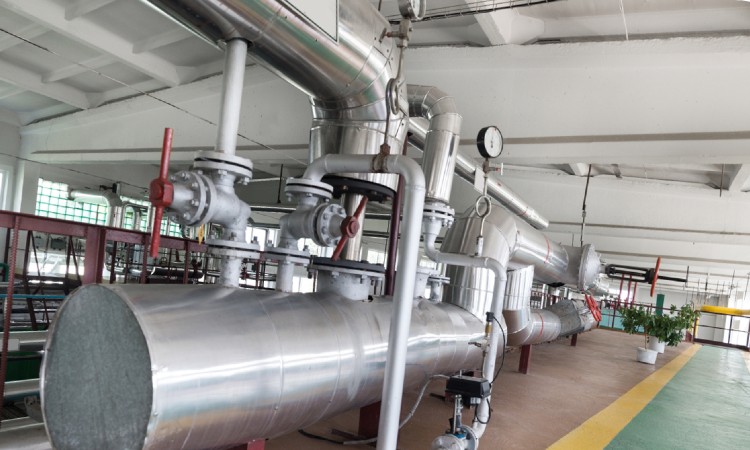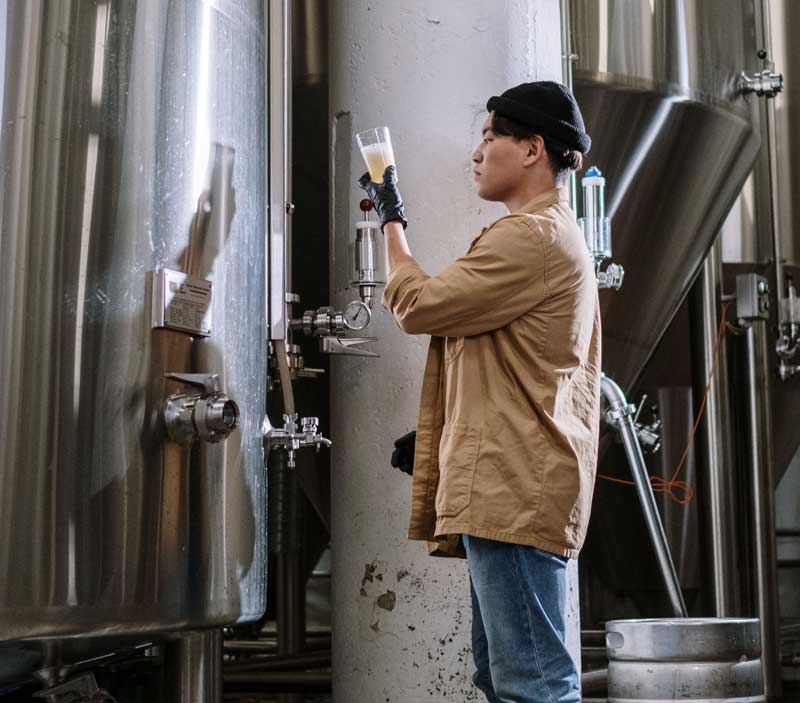FAQS
Frequently Asked Questions
Get your doubts resolved
We have compiled an extensive series of answers to the most frequently asked questions that may arise when dealing with boilers and steam generators.
Steam Boilers
There are electric boilers (heaters, electrode, infrared, and induction) and combustion boilers (firetube, watertube, both with or without economizer).
Electric boilers can reach 99% efficiency, while combustion boilers can hardly reach 75%, even with an economizer.
Absolutely. Not only can it, but it should be replaced ASAP. The energy efficiency curve, low maintenance cost, and CO2 emission reduction advise so.
Lower acquisition cost for the same power, high operational efficiency, reduced maintenance cost, the possibility of adjusting the power according to steam requirements (variator), lower pressure drop through the installation by sectoring (two boilers of 250 kW instead of one 500 kW).
An electric boiler has 10% operating and maintenance costs (O&M), while in a combustion boiler, O&M represents 50%
Considering the different variables present in a steam application, we need to answer:
- For what purpose do I use steam: Heating or cleaning?
- How much steam do I need and at what temperature: Determines the power.
- How many application points do I have: Pressure losses.
- Static or dynamic: Depends on the application and power.
5.- Reference for available steam: 1.35 kg/hour per kW of machinery. From here, consult with GICONMES.
General Questions about Steam
Saturated steam refers to dry steam. It is obtained at a pressure and temperature where steam (gas) and water (liquid) coexist, equalizing the ranges of vaporization and condensation.
Wet steam represents the majority of steam used in industrial processes and is characterized by carrying non-vaporized water particles, representing up to 5% humidity.
Superheated steam refers to both saturated and wet steam when a higher saturation point is required, offering higher temperature and lower density. It is used for turbine power generation and rarely for heat transfer applications.
Yes. Steam produced from distilled or purified water cannot be considered sufficiently clean for certain applications. So-called “clean steam” must be generated in a state of high purity and cleanliness, which must be maintained throughout the distribution and application. The water quality, generation equipment, and distribution and application peripherals determine the quality of the obtained steam.
Generally, the market recognizes three types of steam:
- Conventional steam: Used in industrial applications for direct and indirect heating, cleaning, etc. In general, small amounts of impurities will not cause problems.
- Culinary steam (filtered): Used in certain food processing processes. The steam is filtered immediately before use.
- Pure or clean steam: Used in sectors such as healthcare and pharmaceuticals. The water has undergone treatment to remove potential contaminants and is transported through a stainless steel network to prevent contamination during distribution.
It is known that by applying heat to water, it transforms into steam at the boiling point and atmospheric pressure. From there, depending on the required saturation degree of steam for its proper application, we need to increase the pressure to obtain a higher temperature. To change the temperature and saturation degree of steam, we always need to modify the pressure.
Frequently Asked Questions about Pressure
It is a unit of pressure equivalent to 1 kg/cm2, 0.98 atmospheres, or 14.50 PSI.
By heating water at atmospheric pressure, we can generate steam at around 99°C, or in other words, water in a gaseous state. To generate pressure, we need to close the container containing the water, thus creating a steam boiler. From there, with the appropriate valve and protection systems (pressure switches, level switches, etc.), we can control and adjust the pressure according to the necessary calculations in thermodynamics. Never manipulate a steam installation without the supervision of a qualified technician.
Steam Generators
In the short term, their operation is virtually the same, with the limitation that steam generated by a carbon steel boiler cannot be used for food, pharmaceutical, or sanitary purposes.
The fundamental difference between these boilers lies in the material used for their fabrication. Both boilers have similar short-term performance (the first three years), but beyond that, the corrosion degradation process accelerates in carbon steel boilers, especially when they are fed with inadequate water.
Stainless steel differs from carbon steel in terms of mechanical characteristics and chemical composition. In addition to its suitability for food or sanitary applications, stainless steel can withstand higher mechanical stresses and exhibits better corrosion resistance compared to carbon steel, under the same conditions and environments. The estimated lifespan of a carbon steel boiler is considered to be a maximum of 5 years, while a properly maintained stainless steel boiler can last up to 40 years.
Absolutely. In fact, it is recommended to achieve maximum efficiency. There is no problem with remote control as long as it complies with current regulations.
A steam generator is a pressure vessel that, together with the piping network, is subject to regulatory control and complementary technical instructions, according to the regulations published in Royal Decree 809/2021, of September 21. Maintenance is divided into a part that can be easily fulfilled by the owner:
- Knowing and following the manufacturer’s instructions regarding usage and safety measures.
- Not putting the installation into service or preventing the operation of pressure equipment if the requirements of safety are not met.
- Having at least the following documentation for the pressure equipment while they are installed: Declaration of conformity, manufacturer’s instructions (if applicable), and, if necessary, installation certificate, along with other supporting documentation (such as installation project, record of the last periodic inspection, certifications of equipment repairs or modifications, and any other documentation required by the relevant technical instruction complementary to this regulation). For detailed contents, refer to Annex IV of the regulation.
Making this documentation available to the competent authority of the autonomous community and the companies responsible for maintenance, repair, or periodic inspections. - Operating the pressure equipment within its intended operating limits as specified by the manufacturer and removing them from service if they no longer meet safety requirements.
- Conducting maintenance on the installations, pressure equipment, safety accessories, and control devices in accordance with the operating conditions and the manufacturer’s instructions, and conducting examinations at least once a year.
- Arranging for the necessary periodic inspections as required by Article 6 of the regulation.
- Having and maintaining an up-to-date record of pressure equipment categories I to IV, as defined in RD 709/2015, of July 24, or equipment similar to these categories according to Article 3.2 of the regulation, as well as their installations.
- Ordering, if necessary, the necessary repairs or modifications in accordance with the provisions of Articles 7 and 8 of the regulation
- Reporting any accidents that occur in accordance with Article 13 of the regulation.
- For pressure equipment below category I, the above points apply with the exception of points 6, 7, and 8.
- Reporting, if applicable, to the competent authority the decommissioning of installations and pressure equipment.
Another part of the maintenance should be carried out by the manufacturer or qualified specialist, as indicated in the TECHNICAL NOTE: 20220418-1 STEAM GENERATING EQUIPMENT: WHAT IS PRESSURE EQUIPMENT?
Yes, the water used affects equipment failures and lifespan. It is crucial for proper operation. Refer to TECHNICAL NOTE: 20210728-1 STEAM GENERATING EQUIPMENT: WATER FOR BOILERS.
Condensate is a liquid, in this case, water, obtained when steam changes from a gaseous phase to a liquid phase. During the heating process, condensate is the result of steam transferring part of its heat energy, known as latent heat, to the product, pipeline, or application equipment.
The condensate recovery tank allows us to reuse the energy from the hot condensed water in the same boiler, either for preheating or for cleaning and other applications. There are three major benefits of collecting condensate: optimization of consumption, both electricity and water and a positive impact on the environment.
It depends on whether the heating is done through a boiler or a coil. In the case of boilers, it takes approximately 7 minutes, while with a coil, it takes around 2 minutes.
Electric Boilers
Depending on the needs and application, steam generators can be equipped with staged power output, allowing them to operate at different consumption levels that are proportional to the requirements.
No, boiler rooms are not required for electric boilers. The regulations related to electric boilers do not demand any specific isolation, which means they can be installed at any point in the facility, resulting in significant reductions in pressure losses.
Pressure loss refers to the reduction in effectiveness within the installation caused by friction against the walls of ducts and obstacles in the steam flow, which can reach the equivalent of one bar per meter of pipe.
No, no specific qualification is necessary.
There are no emissions beyond those produced during the electricity production process. Consequently, emissions can be neutral depending on the electricity mix. Electric steam boilers are the present and the future.
Food Safety through Steam
Steam is affordable, effective, efficient, harmless, and environmentally friendly. What more could we ask for? The agri-food sector in general, and the food sector in particular, uses dry steam generated from tap water for cleaning and sterilizing facilities, as well as pure steam for processes where steam directly contacts the food. All this is done in compliance with high-quality health standards, such as HTM 2010 and HTM 2031, as well as the UNE-EN 285:2007 standard and European Regulation (EC) 1935/2004.
Automation
Yes, it does. The conveyor belt comes into contact with high-temperature steam, which breaks down dirt and allergens. Afterward, the dirt, allergens, and residual moisture are immediately extracted using a vacuum, leaving the belt completely clean, dry, and free of allergens. If you are experiencing problems with allergens, we can perform an on-site demonstration where we will show that a positive allergen swab before entering the cleaner becomes negative after the application of saturated steam.
Generally, yes. Although highly ingrained residues may require two passes to be completely cleaned. When dealing with heavily ingrained residues, it is often best to use a continuous fixed Brushless system to prevent the accumulation of dirt.
The system does not damage the conveyors. In fact, it prolongs their lifespan by providing optimal maintenance. However, it is important that whenever steam is applied to a conveyor, it is in motion to prevent overheating in a specific area. We have conducted multiple in-house tests demonstrating that high-temperature steam does not damage a moving conveyor.
Tell us about your specific case and we will offer you a solution tailored exactly to your needs

Steam and
Giconmes
Here you will find informative articles about steam technology, its application in industry, and different types of related equipment, as well as the latest trends and developments in this field.





